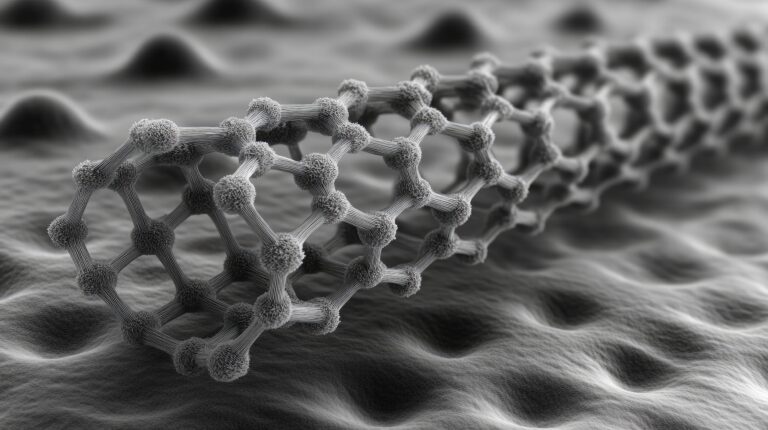A research team at Wichita State University says it has developed a new nanocomposite material that could significantly enhance the strength, durability, multifunctionality and performance of composite structures.
Led by Dr Davood Askari, associate professor in Wichita State University’s Department of Mechanical Engineering within the College of Engineering and director of the university’s Multifunctional Nanocomposites Lab, the team has created a process for chemically functionalizing helical carbon nanotubes (HCNTs) to produce nanocomposites with dramatically improved mechanical properties and multifunctionality.
These patent-pending materials are claimed to offer a scalable solution to one of the most persistent challenges in composite design: weak interlaminar bonding. In addition, the new technology can be used to enhance the composite materials’ properties in through-the-thickness direction and to improve the performance of bonded joints in composite assemblies, as well as improving the repair and healing of the damaged composite parts.
“Traditional composite materials often struggle with delamination and poor bonding between layers,” explained Askari. “Our technology enhances the interlocking between components at the nanoscale, which in turn strengthens the material at the structural level. This means stronger and tougher airplane parts and car components, and more resilient protective gears.”
Unlike straight carbon nanotubes, HCNTs have a coiled structure that enables mechanical interlocking within resin matrices and in between the traditional microfiber reinforcements used in composites. Through a series of chemical functionalization techniques – using controlled acid treatments and proprietary processing – Askari’s team was able to disperse these nanotubes more effectively into epoxy resins and achieve improved tensile strength, fracture toughness, modulus, strain-to-failure and hardness, even at ultra-low weight percentages.
“Our nanocomposite technology helps create lightweight materials with improved mechanical, electrical and thermal properties,” Askari said. “And because our processes are compatible with existing manufacturing techniques, they can be scaled up and adopted across industries.”
The new materials are currently being evaluated in collaboration with industry partners for use in aerospace structures and other high-performance applications. The innovation is protected by two patents related to the functionalization of helical nanotubes and the creation of interlocking nanocomposite structures.
“Ultimately, this is about reliability,” Askari added. “Whether you’re designing spacecraft, submarines or medical devices, materials that are stronger and lighter can make a tremendous difference in safety, efficiency and cost.”



